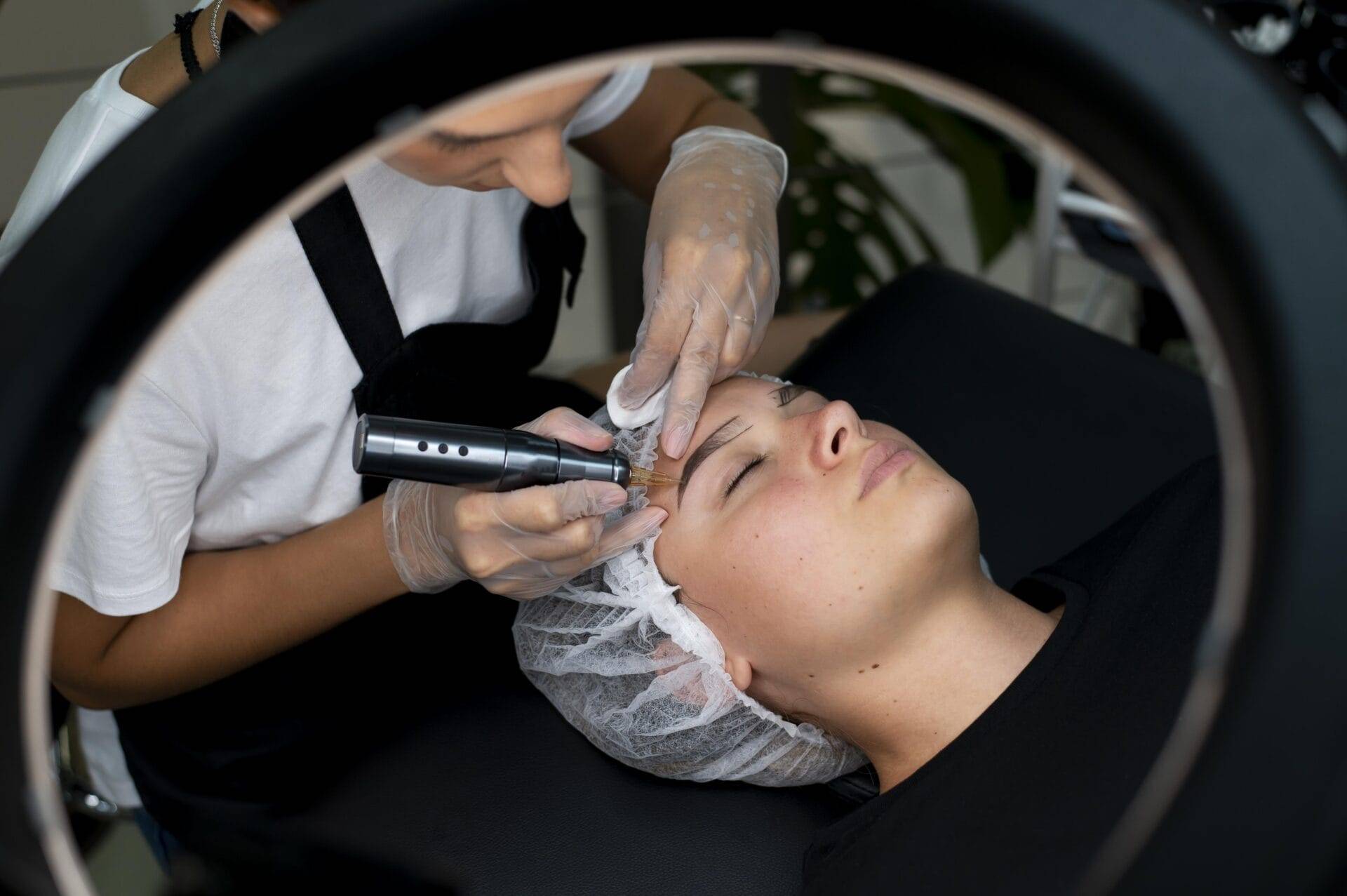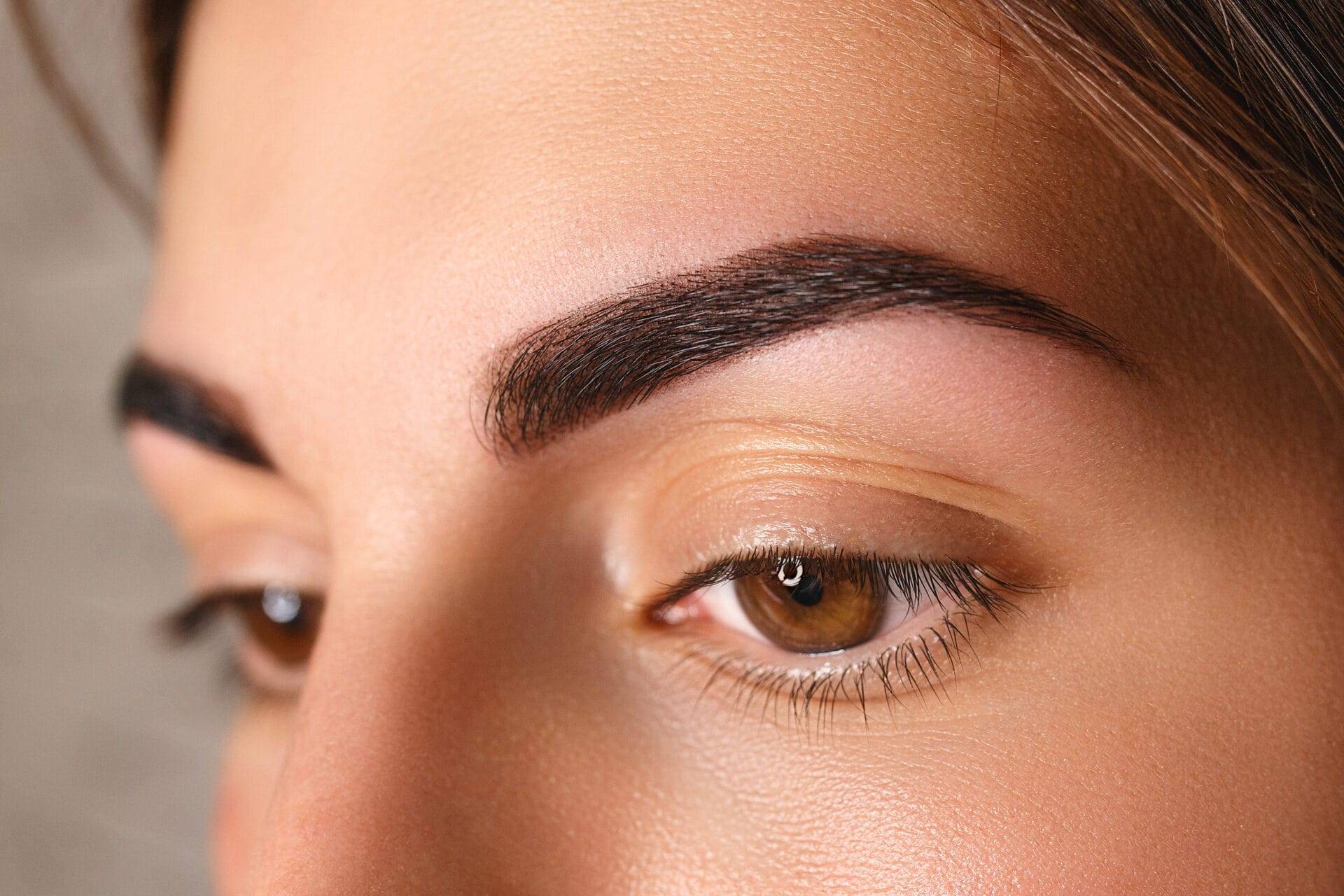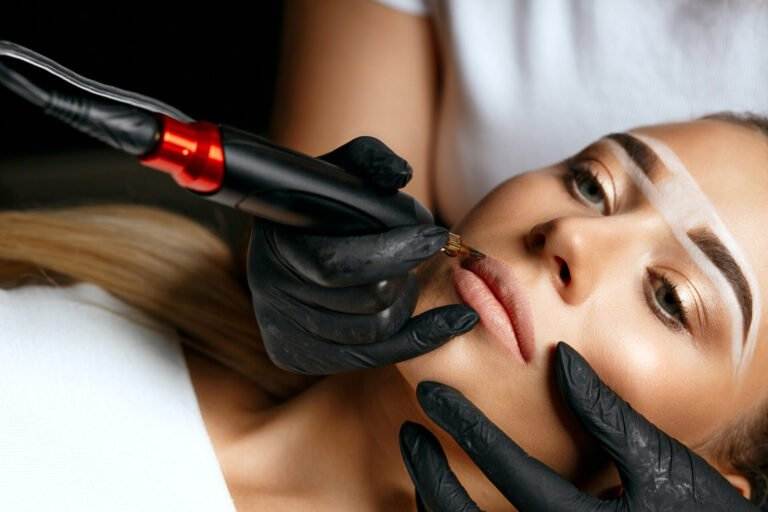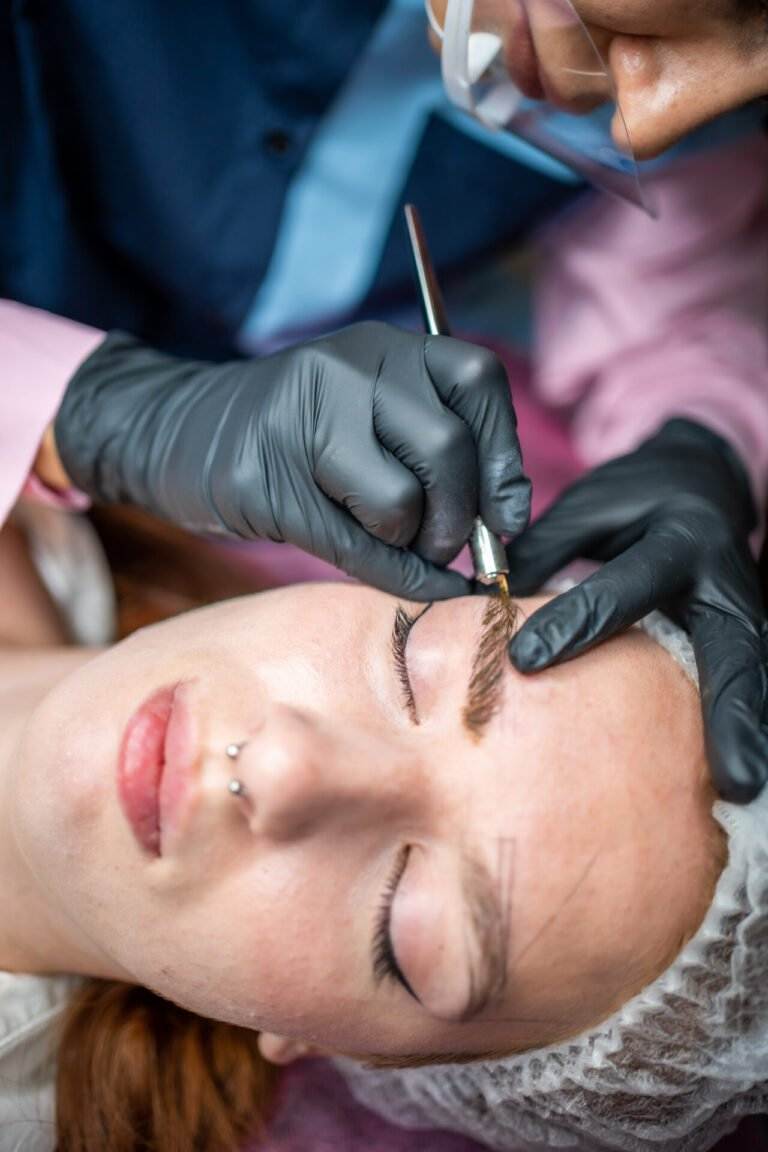Cosmetic tattooing, also known as permanent makeup or micropigmentation, is a procedure that involves the application of pigments to the skin to enhance or mimic the appearance of makeup. It is a form of tattooing that is specifically designed for cosmetic purposes. The pigments are implanted into the dermal layer of the skin using a needle or a tattoo machine.
The history of cosmetic tattooing can be traced back thousands of years. Ancient civilizations such as the Egyptians and Romans used various techniques to enhance their features. In more recent times, cosmetic tattooing gained popularity in the 20th century, with advancements in technology and techniques. Today, it has become a common practice for those looking to enhance their natural features or save time on their daily makeup routine.
The Benefits of Cosmetic Tattooing
One of the main benefits of cosmetic tattooing is that it saves time and effort in the daily makeup routine. For those who spend a significant amount of time applying and reapplying makeup every day, cosmetic tattooing can be a game-changer. It eliminates the need for daily application and allows individuals to wake up with perfectly applied makeup.
Cosmetic tattooing also provides benefits for people with medical conditions or physical limitations. For example, individuals with alopecia or thinning eyebrows can benefit from eyebrow tattooing, which creates the appearance of fuller eyebrows. Similarly, those with shaky hands or poor eyesight may find it difficult to apply eyeliner or lip liner accurately. Eyeliner and lip tattooing can help these individuals achieve a more defined and symmetrical look.
In addition to saving time and helping those with medical conditions, cosmetic tattooing enhances natural features and boosts self-confidence. It can create the illusion of fuller lips, defined eyebrows, and more prominent eyes. This can be particularly beneficial for individuals who feel self-conscious about certain features or want to enhance their overall appearance. The confidence boost that comes with looking and feeling your best can have a positive impact on various aspects of life.
The Different Types of Cosmetic Tattooing
There are several different types of cosmetic tattooing, each targeting a specific area of the face or body. Some of the most common types include eyebrow tattooing, eyeliner tattooing, lip tattooing, areola tattooing, and scar camouflage tattooing.
Eyebrow tattooing involves the application of pigments to the eyebrows to create the appearance of fuller, more defined eyebrows. This is a popular option for individuals with thinning eyebrows or those who want to achieve a more symmetrical look.
Eyeliner tattooing is a procedure that involves applying pigments to the lash line to create the appearance of thicker and more defined eyelashes. It can be done on both the upper and lower lash lines, depending on the desired look.
Lip tattooing is a procedure that enhances the natural shape and color of the lips. It can create the appearance of fuller lips and eliminate the need for daily lip liner and lipstick application.
Areola tattooing is a specialized form of cosmetic tattooing that is often used in breast reconstruction surgery. It involves creating the appearance of a nipple and areola on the reconstructed breast.
Scar camouflage tattooing is a technique used to conceal scars by matching the color of the scar tissue to the surrounding skin. It can help individuals feel more confident and comfortable in their own skin.
The Process of Cosmetic Tattooing
The process of cosmetic tattooing typically involves several steps, including consultation and design, numbing the area, the tattooing process itself, and aftercare instructions.
During the consultation and design phase, you will discuss your goals and expectations with the artist. They will assess your features and determine the best approach for achieving your desired look. This is also the time to ask any questions or address any concerns you may have.
Before the tattooing process begins, the area being treated will be numbed using a topical anesthetic. This helps minimize discomfort during the procedure. Once the area is numb, the artist will begin tattooing by implanting pigments into the skin using a needle or a tattoo machine.
After the procedure is complete, the artist will provide you with aftercare instructions. This typically includes keeping the area clean and dry, applying ointment as directed, avoiding certain activities and substances, and scheduling a follow-up appointment for touch-ups if necessary.

Preparing for Your Cosmetic Tattoo Appointment
To ensure a successful cosmetic tattoo appointment, it’s important to prepare properly beforehand. Here are some tips on how to prepare:
1. Avoid certain medications and substances: Certain medications and substances can thin the blood or increase bleeding during the procedure. It’s important to avoid blood-thinning medications such as aspirin or ibuprofen, as well as alcohol and caffeine, for at least 24 hours before your appointment.
2. Avoid alcohol and caffeine: Alcohol and caffeine can dehydrate the body and make the skin more sensitive. It’s best to avoid these substances for at least 24 hours before your appointment to ensure optimal results.
3. Get a good night’s sleep: A good night’s sleep can help you feel more relaxed and comfortable during the procedure. Aim for at least 7-8 hours of sleep the night before your appointment.
4. Eat a light meal before the appointment: It’s important to eat a light meal before your appointment to ensure that you have enough energy and to prevent lightheadedness or dizziness during the procedure.
Aftercare for Cosmetic Tattooing
Proper aftercare is crucial for optimal results and to minimize risks after cosmetic tattooing. Here are some general aftercare instructions:
1. Keep the area clean and dry: It’s important to keep the treated area clean and dry for at least 24 hours after the procedure. Avoid touching or rubbing the area, as this can introduce bacteria and increase the risk of infection.
2. Apply ointment as directed: The artist will provide you with an ointment to apply to the treated area. Follow their instructions on how often to apply it and how long to continue using it.
3. Avoid certain activities and substances: Avoid swimming, saunas, hot tubs, and excessive sweating for at least 7-10 days after the procedure. These activities can cause the pigments to fade or become discolored.
4. Follow up with the artist for touch-ups: Depending on the type of tattoo and individual factors, touch-ups may be needed every 1-3 years. It’s important to follow up with the artist as recommended to maintain the desired results.
Common Concerns and Risks of Cosmetic Tattooing
While cosmetic tattooing is generally safe, there are some common concerns and risks to be aware of. These include allergic reactions, infection, fading or discoloration, and uneven or unsatisfactory results.
Allergic reactions to the pigments used in cosmetic tattooing are rare but can occur. It’s important to discuss any known allergies with the artist before the procedure. They can perform a patch test to check for any adverse reactions.
Infection is another risk associated with cosmetic tattooing. To minimize this risk, it’s important to choose a qualified and experienced artist who follows strict hygiene practices. It’s also crucial to follow the aftercare instructions provided by the artist.
Fading or discoloration of the pigments can occur over time due to factors such as sun exposure, aging, and individual skin characteristics. Regular touch-ups may be needed to maintain the desired results.
Uneven or unsatisfactory results can occur if the artist is inexperienced or if proper techniques are not followed. This is why it’s important to do your research and choose an artist who has a good reputation and a portfolio of successful procedures.
How Long Does Cosmetic Tattooing Last?
The longevity of cosmetic tattooing varies depending on the type of tattoo and individual factors. Generally, eyebrow and eyeliner tattoos can last anywhere from 1-3 years, while lip tattoos may last 2-5 years. Areola tattoos and scar camouflage tattoos may last longer, but touch-ups may still be needed every few years to maintain the desired results.
Factors that can affect the longevity of cosmetic tattoos include sun exposure, skin type, lifestyle habits, and individual skin characteristics. It’s important to follow the aftercare instructions provided by the artist and protect the treated area from excessive sun exposure to prolong the life of the tattoo.
The Cost of Cosmetic Tattooing
The cost of cosmetic tattooing varies depending on the artist and location. Generally, the cost ranges from $300-$1000 per session. Factors that can affect the cost include the type of tattoo, the complexity of the procedure, and the experience and reputation of the artist.
It’s important to keep in mind that cosmetic tattooing is an investment in your appearance and should not be solely based on price. It’s crucial to choose a qualified and experienced artist who can deliver the desired results.
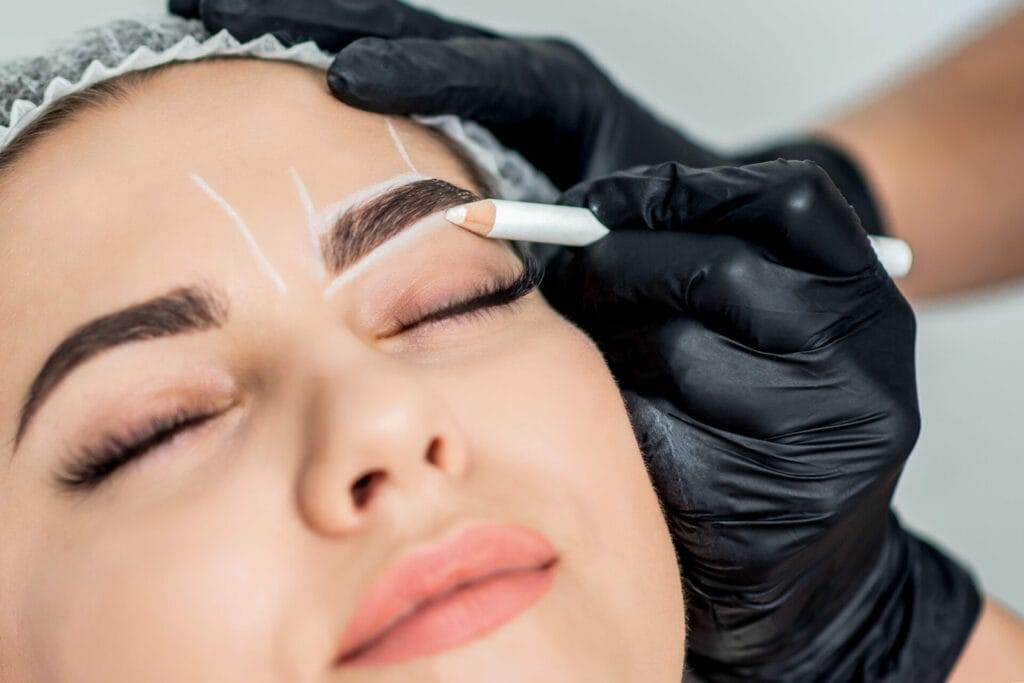
Final Thoughts on Cosmetic Tattooing
Cosmetic tattooing can be a great option for those looking to enhance their natural features or save time on their daily makeup routine. It offers numerous benefits, including time savings, assistance for those with medical conditions or physical limitations, enhanced natural features, and boosted self-confidence.
When considering cosmetic tattooing, it’s important to do your research and choose a qualified and experienced artist. Take the time to read reviews, check certifications and licenses, and look at their portfolio. Schedule a consultation to discuss your goals and expectations before committing to a specific artist.
Proper aftercare is crucial for optimal results and to minimize risks. Follow the aftercare instructions provided by the artist and schedule touch-ups as recommended. With proper care and maintenance, cosmetic tattoos can last for several years, enhancing your natural beauty and boosting your self-confidence.





